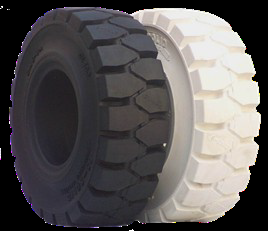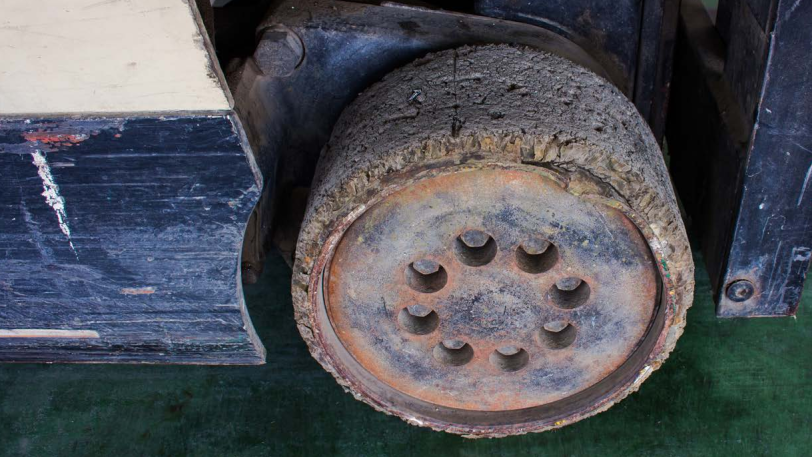Forklift Tire Replacement -When to Replace Your Tires
The Cost of Old Tires
Forklift tires are a large part of operating costs - 20% - 30% of a forklift's total lifetime operating expense. Worn tires cut into productivity, taking up to 10% more time to cover the same distance, and operator comfort, and productivity, are also strongly linked to tire condition. Tires are the only shock absorber on a forklift. Comfortable operators get more work done.
When To Replace Your Lift Truck Tires
- Chunking (missing sections of tread from a tire as though sliced or torn off)
- Gouging (pieces missing from tire)
- Flat spots
- Separation of rubber from the wheel.
- Volume loss
Identifying Tire Volume Loss
Tire volume has to do with these numbers placed on the tire sidewall. For example, "21 by 7 by 15". The first number, 21 is the height of the tire, 7 is the width, and 15 is the rim size. If the height is measured out to significantly less than the listed height, it would be time to replace.
Why does Tire Volume Loss Matter?
When you lose volume on a tire, you're driving a truck harder and farther than it needs to, because you have a smaller tire. You're wearing out more pieces and parts than just the tire - and that is a very good reason to be check out your tire wear.
Lift Truck Tire Types
Pneumatic Tires

Pneumatic-Shaped Solid Tires

Polyurethane Tires

Cushion Tires

Learn more about tire types, applications, and tire care:
Forklifts of Michigan Tire Guide (PDF)
Contact our Tire Experts to help you find the tire you need, and in many cases, arrange on-site tire replacement.







